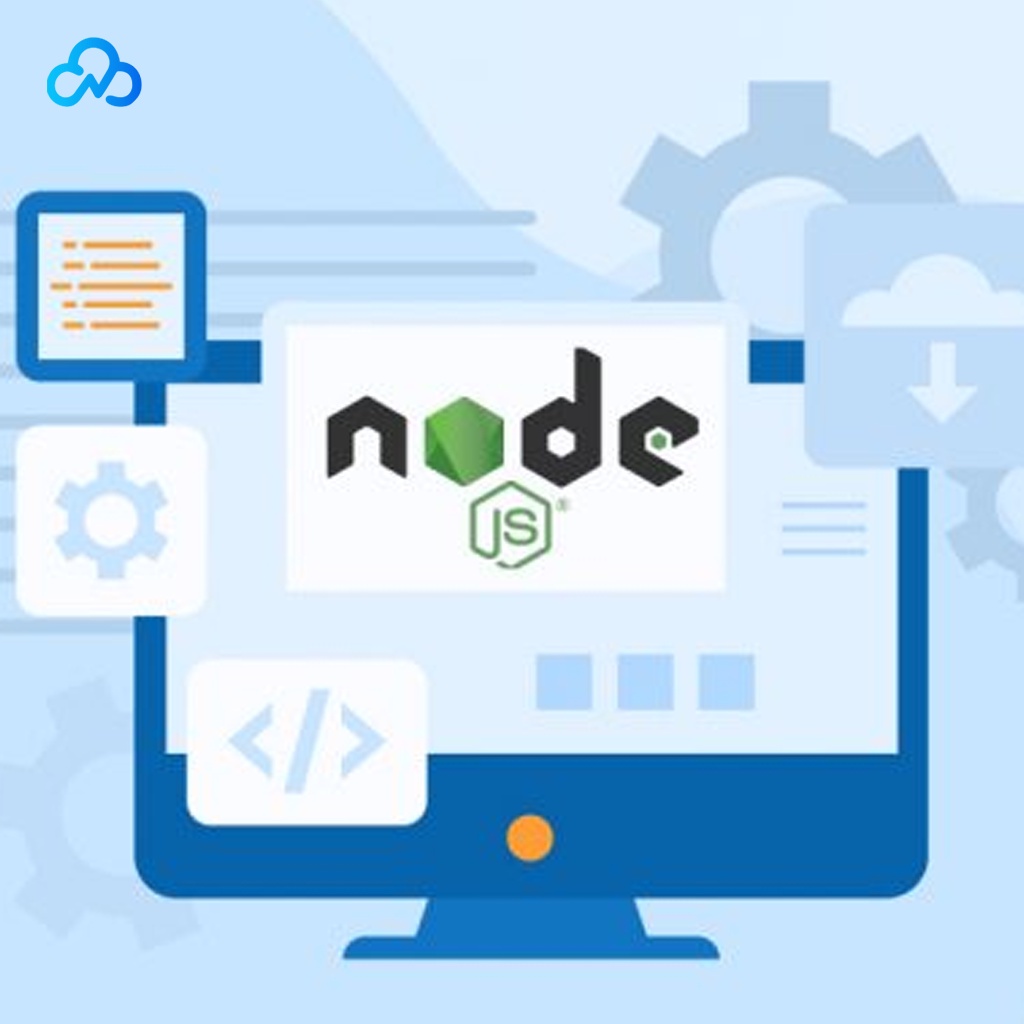Release Management Process in Agile
In an Agile software development environment, the release management process plays a crucial role in delivering software releases to end-users. It ensures that software changes are managed, tested, and released efficiently while maintaining a high level of quality. This article will explore the release management process in agile release management process, its key principles, and how it can be effectively implemented.
What is Release Management?
Release management process is a structured approach to planning, scheduling, coordinating, and controlling software releases throughout the development lifecycle. It involves activities such as requirements gathering, development, testing, packaging, deployment, and support. The goal of release management is to ensure software releases are delivered smoothly, with minimal disruption to the end-users.
Key Principles of Release Management in Agile
1. Continuous Integration and Deployment:
Agile release management emphasizes continuous integration and deployment to allow for frequent software releases. This approach involves integrating code changes into a shared repository often, automatically building and testing the software, and deploying it to production or staging environments.
2. Incremental Development:
Agile development follows an iterative approach where software is developed and released in short iterations or sprints. Each iteration adds new functionality or improvements to the software, and these incremental changes are released to end-users regularly.
3. Collaboration and Communication:
Effective collaboration and communication among development teams, testing teams, and stakeholders are essential for successful release management. Regular meetings, discussions, and feedback sessions ensure that everyone is aligned and aware of the progress and issues related to the release.
4. Test-Driven Development (TDD):
Test-driven development is an essential aspect of Agile release management. Developers write automated tests before writing code, and these tests are continuously executed throughout the development process. This ensures that new code changes do not break existing functionality and maintains the overall quality of the software.
5. Automation:
Automation plays a vital role in Agile release management. Automated build processes, test execution, and deployment pipelines reduce manual effort, improve efficiency, and ensure consistent results.
Release Cycle in Agile Release Management
The release cycle in Agile release management typically involves the following stages:
1. Release Planning:
In this stage, the team identifies the scope of the release, defines the release goals, and prepares a release plan. The plan includes a list of features or user stories, prioritization, and estimated effort required for each release item.
2. Development and Integration:
During this stage, development teams work on implementing the features or user stories identified in the release plan. They follow an iterative development approach, with each iteration contributing to the overall release. Continuous integration allows for frequent code integration, ensuring early detection of integration issues.
3. Testing:
Testing is an integral part of the release management process. Testers create and execute test scripts to validate the functionality and performance of the software. Test automation frameworks, such as Selenium or JUnit, can be utilized to automate regression tests. Continuous testing improves the quality of the software and reduces the risk of bugs in production.
4. Staging and User Acceptance Testing (UAT):
In this stage, the software is deployed to a staging or UAT environment for final verification by stakeholders and end-users. They validate that the software meets their requirements and provide feedback for any necessary adjustments.
5. Deployment:
Once the software passes the UAT stage, it is ready for deployment to the production environment. This involves packaging the software, creating release artifacts, and deploying them to the production server using an automated deployment pipeline.
6. Monitoring and Support:
After the release, it is essential to monitor the software in the production environment for any issues or bugs. Monitoring tools and techniques, such as application performance monitoring (APM) or log analysis, can be used to identify and resolve any issues promptly. The support team also plays a critical role in addressing user feedback, bug reports, or any other post-release issues.
Implementing Release Management in Agile
To implement release management effectively in an Agile environment, follow these best practices:
1. Prioritize Features:
The release plan should prioritize features based on business value, complexity, and dependencies. This allows for early delivery of high-value features and better resource allocation.
2. Agile Estimation:
Use Agile estimation techniques like story points or planning poker to estimate effort accurately. This helps in effective planning and resource allocation.
3. Test Automation:
Invest in test automation frameworks and tools to automate as many tests as possible. This reduces the testing effort and ensures quicker feedback on software quality.
4. Infrastructure as Code:
Adopt infrastructure as code (IaC) practices to automate the provisioning and configuration of test and production environments. Tools like Docker, Kubernetes, or Terraform can assist in automating infrastructure setup.
5. Continuous Integration and Deployment:
Set up a continuous integration and deployment pipeline to automate the build, test, and deployment processes. Use tools like Jenkins, Bamboo, or GitLab to create a streamlined and efficient release pipeline.
Conclusion
The release management process in Agile helps streamline the delivery of software releases to end-users. By following the key principles of continuous integration, collaboration, automation, and iterative development, Agile release management ensures that software is developed, tested, and deployed effectively. By implementing release management best practices such as prioritizing features, test automation, and infrastructure automation, organizations can improve the efficiency and quality of their release management process.


No comments yet